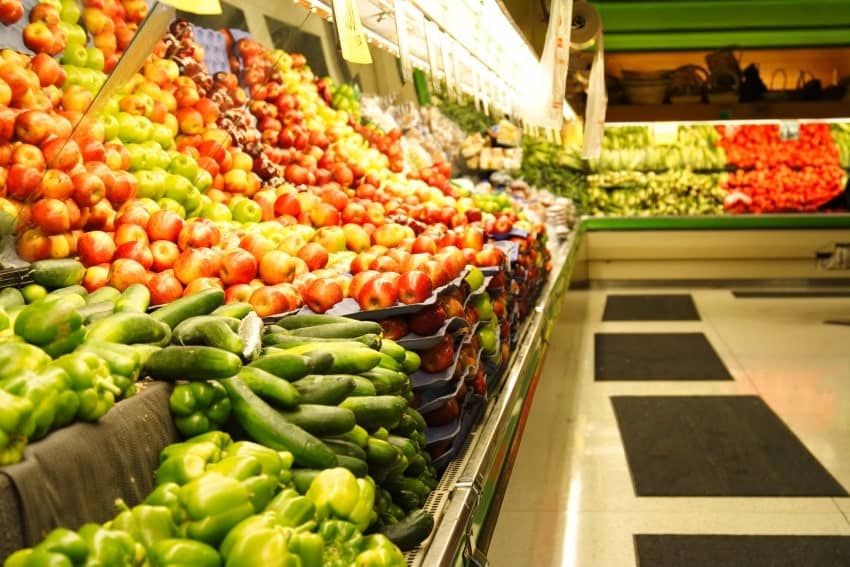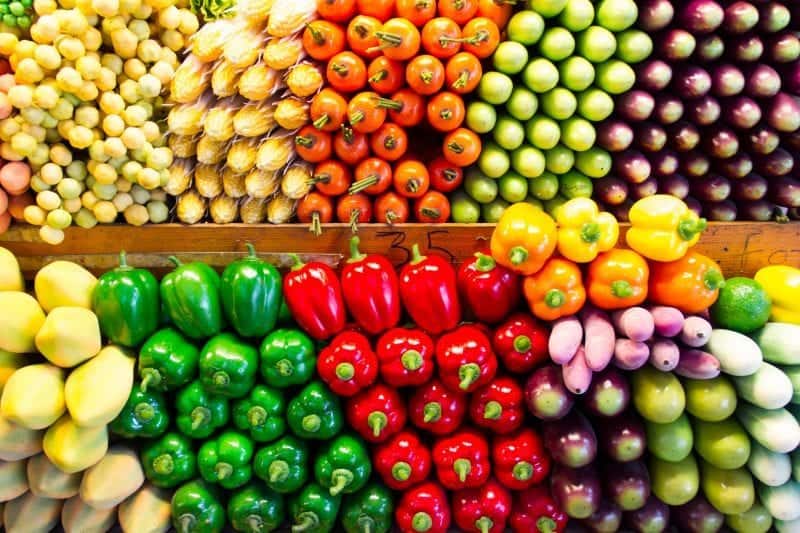American Meat Consumption at Highest Point in 40 Years
Meat is a staple on the American dinner table. In fact, the per capita consumption of meat in the United States last year was 5% higher compared to previous years. According to the research firm Rabobank, the average American now consumes around 193 pounds of meat last year which is higher than the 184 pounds recorded in 2012. Rabobank believes this is the peak in American meat consumption over the past 40 years.
Reasons Behind the Growth
In the same study, consumers consumed more chicken than other types of meat, and that trend is sure to continue. The main reason for higher consumption is the stronger U.S. dollar. With a stronger dollar, more people have the capacity to afford meats. Moreover, strong demand empowers the industry to increase their production.
Rabobank also projected that the meat consumption in 2018 would be more than 200 pounds annually per capita. The expanding meat and poultry industry will lead to lower prices which will influence the high consumption of meat in the future.
A Closer Look at Meat Consumption
Currently, the meat of choice for most Americans is chicken. Consumption of dressed chicken is at its highest with 89 pounds annually. This is followed by 54 pounds of beef and 50 pounds of pork consumption per capita annually. Chicken meat is very appealing to American consumers because it is cheaper than pork and beef. This is the reason why many fast food restaurants like Chipotle and KFC are serving chicken dishes to their customers. Moreover, people who are looking for lower calorie meals with high protein turn to chicken.
Beef consumption in the United States has declined because of its expensive price tag. While agricultural technology allowed livestock farmers to increase their meat production, cattle raising remained expensive because cows need to eat grain as well as require more grazing land than pork and chicken. These factors influence the high price of beef. Also, many people believe that the consumption of beef is less healthy because of the many research studies on red meat.
Pork consumption, on the other hand, has remained flat for many years. Aside from being dubbed as an unhealthy type of meat, the reason for the low consumption is probably due to cultural and religious practices of a large population of Islam and Jewish people in the United States.
Meats are now becoming a favorite snack option. In fact, most American consumers are now munching on jerky and meat sticks.
The massive consumption of meats in the United States indicates that the country has come a long way over the last 40 years. Although this shows an improved meat economy in the following years, large consumption of meats may also equate to increased health risks.
Inspired by marketwatch.com






